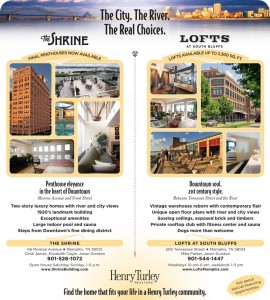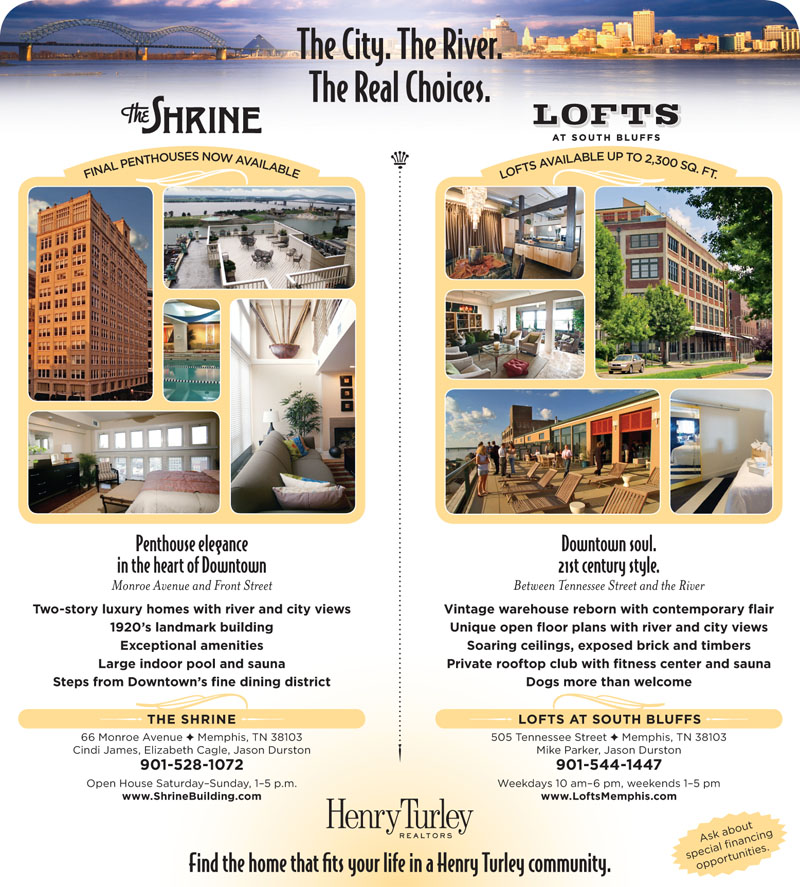 Track2Realty Exclusive: Many luxury brands have a rich pedigree, seventh P of branding, and extraordinary history that become an inseparable part of the brand story. The mystique and the legend is generally built around the exceptional emotive founder character of past.
Track2Realty Exclusive: Many luxury brands have a rich pedigree, seventh P of branding, and extraordinary history that become an inseparable part of the brand story. The mystique and the legend is generally built around the exceptional emotive founder character of past.
For example, when consumers buy Cartier or Louis Vuitton, it is not merely because of the product performance or quality. They are buying a lineage of the legendary people and the evolution history behind these brands.
In real estate, other than a handful of companies like DLF or Unitech, no other player has that lineage and they are trying to compensate with international tie-ups, right from the architects to Disney and iconic Trump. Still, from a home buyers’ perspective brand of the company that has built house does not matter much, though the reputation of the developer matters due to the fear factor of non-delivery or late delivery.
In retail, some of the malls have created that niche, but that is more about the market positioning of ‘only super luxury’ in the given mall and not the lineage of the mall per se.
Public Figure is the eighth P and the role of public-figure or celebrities endorsement can be observed to be more skewed towards the aspiring & accessible luxury brands. That said, it would be improper to conclude that high-end luxury brands do not bring into play the public figure factor; they are relatively less explicit & are largely PR-led, like accessorisation, product placements with celebs/movies.
Compared to other endorser types, public-figures achieve a relatively higher degree of attention and recall, for example Nicole Kidman for Chanel No. 5; Pierce Brosnan for Omega & SRK for Tag Heuer), thereby positively affecting consumer’s attitudes, brand value & purchase intention.
It seems the Indian real estate has gone overboard on this metric of branding and it is not just limited to celebrity endorsements or brand ambassadors from cricket to bollywood. They have actually tried to piggy ride on what captures public attention and hence case studies like DLF-IPL are also there. Industry trackers maintain it has helped some of the companies to spread into other geographical markets and also helped in sales with buyers being under the impression that their neighbours would be celebrities like Sushmita Sen or Mahendra Singh Dhoni.
It is questionable as to how far has the celebrity endorsement helped the companies to evolve in terms of brand. In some cases, it has actually driven away the prospective buyers who wanted a peaceful abode and not the glamour, security and unnecessary hassle in the apartment.
Having argued the branding metrics and scaling it on the given parameter of 8 Ps, it must, however, be noted that the catalyst to the first wave of the branding in the real estate has never been to enhance the user experience but to sell the product.
When the sector smelled the first flush of foreign funds, there had been a sudden rush to advertising overdrive to make sure the flow of money that every other developer is chasing comes their way.
The same kind of brand madness was seen when there was a rat race to raise money through the Initial Public Offerings (IPOs) for which every developer (even with projects confined to couple of cities) wanted to be seen as a national player in the eyes of the investors.
Much water has flown in this journey of branding for the real estate and the sector is still learning with the trial & error method of creating their brand.





